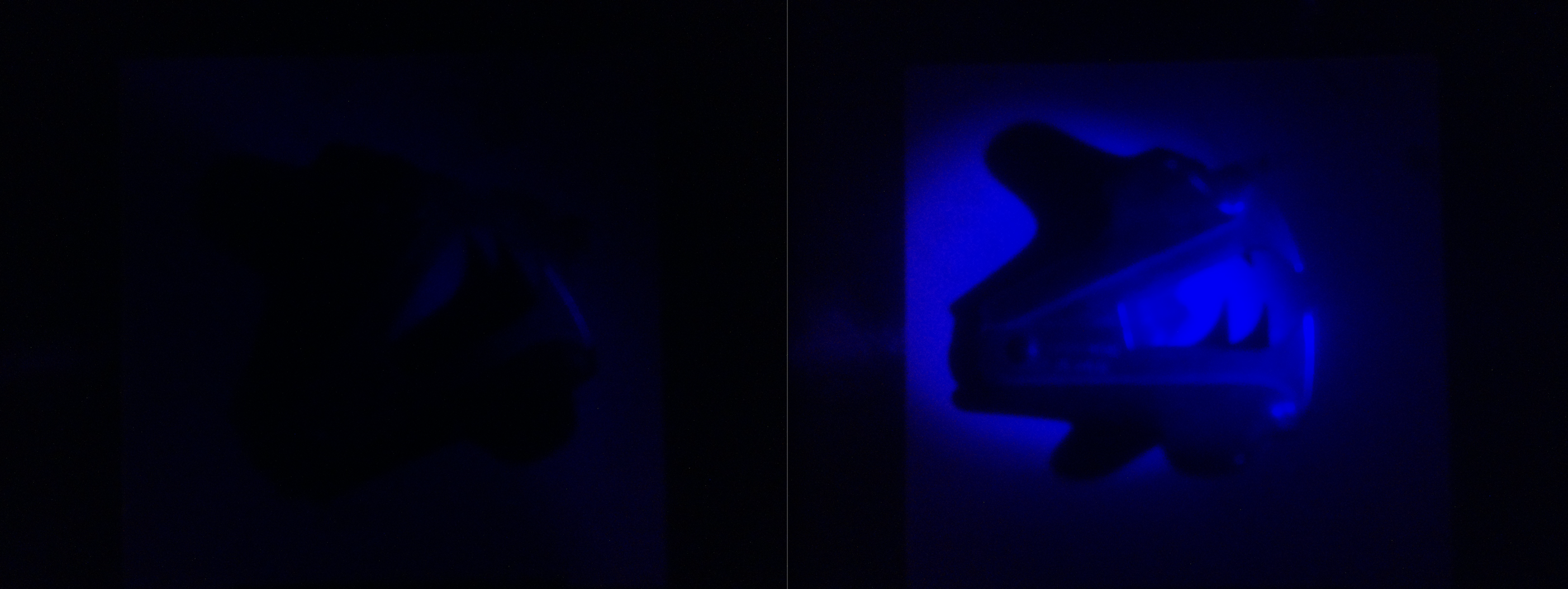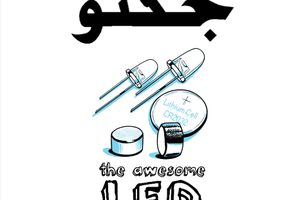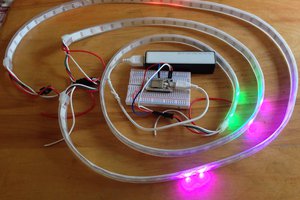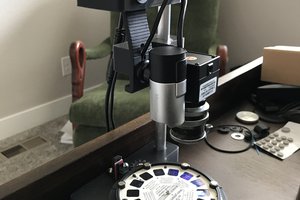Planarian flatworms captured scientists' attention for their remarkable ability to regenerate after injury. A study even showed that regeneration events even cause old flatworms to appear and behave as young adults again. The full extent of this rejuvenation side effect has, to our knowledge, not been carried out past 36 months.
Longevity studies are difficult to carry out because one mishap in a lab can ruin the study. Therefore, building devices to carry out longitudinal studies across multiple places, not only increases collaboration and learning, but also mitigates the risk of the entire study having to be restarted due to a single accident.
This project aims to build devices that video track and share Planarian flatworm movements in a Petri dish.
An Impetus Grant was generously awarded for this project to create and distribute an initial batch of devices.
Please message me if you would like to contribute and/or participate in this decentralized science study. The Levin Lab at Tufts University has already used learnings from the Planarian flatworm to achieve limb regrowth in frogs (which do not normally regenerate) and is working on carrying out the approach in mammals.
We hope decentralized studies can help progress the next generation of biomedicine breakthroughs to be more community-driven. Join the movement at CrosstalkBio.
On the technical side, this project plans to use a Raspberry Pi camera 2 NoIR for video capture. A 3D printable cover for keeping the camera in place and the Petri dish in a dark environment. And, lastly use the InterPlanetary File System (IPFS) for data sharing.
 The Technocrat
The Technocrat


 ZaidPirwani
ZaidPirwani
 dougal
dougal
 Michael Vowles
Michael Vowles
 W. Jason Altice
W. Jason Altice